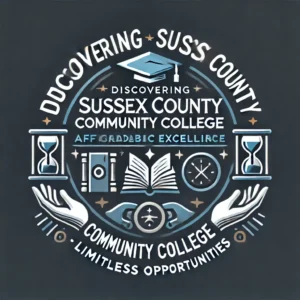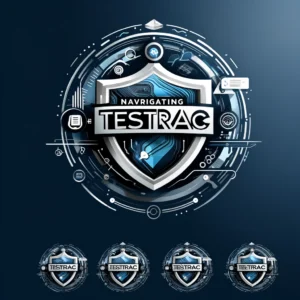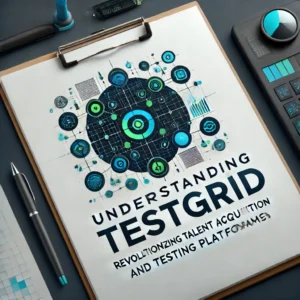Googleplex: Navigating the Future of Education’s Digital Transformation
Introduction: The Quest for the Largest Number
One evening, my five-year-old son innocently asked, “What is 1 plus a googleplex?” At first, I was baffled. We had recently discussed the concept of infinity—how numbers never truly end because you can always add one more. But this new term, “googleplex,” was something I hadn’t encountered in our previous conversations.
“Tre, a friend from school, said it’s the biggest number in the world. He said you can’t add anything to it because it’s the biggest number,” my son explained.
I paused, trying to balance a response that wouldn’t contradict what his friend’s father, presumably a credible source in his young mind, had said. Finally, I replied, “Well, I think Tre’s father must work at Google.”
My son wasn’t satisfied. He urged me to look it up, so I pulled out my smartphone, opened the search engine, and typed in “googleplex.” The first result revealed that the Googleplex is actually the corporate headquarters of Google. But further down the page, I found a reference to “googolplex,” a number so large that writing it out in full would require more paper than exists in the known universe.
In that moment, I felt small—not just because the universe suddenly seemed vast, but because my five-year-old son was learning things I didn’t know. With the aid of technology, he could access answers instantly, challenging the traditional role of parents as the primary source of knowledge.
The Changing Landscape of Learning
There was a time when parents and educators were seen as the gatekeepers of knowledge. Today, however, children have instant access to information through smartphones, tablets, and computers. They learn from various sources—social media, online articles, videos, and more—often in non-linear, unstructured ways.
When we send these tech-savvy students to college, we’re often frustrated that they don’t attend lectures or engage with textbooks as previous generations did. We lament that they lack basic learning skills. But this perspective is fundamentally flawed.
Today’s students are constantly learning, just not in the traditional ways we expect. They absorb information from a wide array of digital sources, often at a rapid pace. This unstructured learning is less about following a prescribed curriculum and more about exploring and satisfying their curiosity.
Adapting Education to the Digital Age
As educators and administrators, how do we guide this new breed of learners toward the knowledge and skills they need to succeed? Should we integrate our educational content into social media? Perhaps tweet lecture highlights or distribute notes through modern digital platforms?
The reality is that there’s no one-size-fits-all solution. Education technology continues to evolve, fragmenting learning styles into increasingly specific niches. Reaching students “where they are” has become an ever more complex challenge in today’s diverse and fast-paced educational landscape.
Despite these challenges, there is an undeniable excitement in navigating this uncharted territory. We are in the early stages of a digital revolution in education—experimenting, innovating, and gradually discovering what works best. This process is often messy, but over time, successful approaches will emerge, become standardized, and lead to improved learning outcomes.
The Role of Assessment in the Digital Education Era
One area where consensus is emerging is the critical role of assessment in the digital transformation of education. This is where companies like Respondus play a crucial role. As the landscape of education evolves, the need for effective, adaptable assessment tools becomes more pronounced.
Assessment is not just about measuring knowledge; it’s about understanding how students learn and where they need support. Respondus is dedicated to this mission, developing tools that help educators assess learning in ways that align with the new, digital-first paradigm.
A Closing Thought on Curiosity and Learning
Returning to my son’s question about the googolplex, I couldn’t resist digging deeper. I discovered that a googolplex of Planck volumes, the smallest measurable unit of space, would fit comfortably within a teaspoon. “Tell that one to Tre,” I said with a smile.
This anecdote highlights an essential truth about education in the digital age: curiosity drives learning. As educators, our role is not just to provide answers but to nurture that curiosity, guiding students as they explore the vast universe of knowledge at their fingertips.
Conclusion: Embracing the Future of Education
The digital transformation of education is both challenging and exhilarating. It requires us to rethink traditional teaching methods and embrace new tools and technologies. By focusing on the principles of Experience, Expertise, Authoritativeness, and Trustworthiness (E-E-A-T), we can ensure that our educational content is not only accurate and reliable but also engaging and effective in meeting the needs of today’s learners.
As we continue this journey, we must remain flexible and open to change, always keeping the needs and preferences of our students at the forefront of our efforts. The future of education is digital, and with the right approach, it can be a future where every student has the opportunity to thrive.




